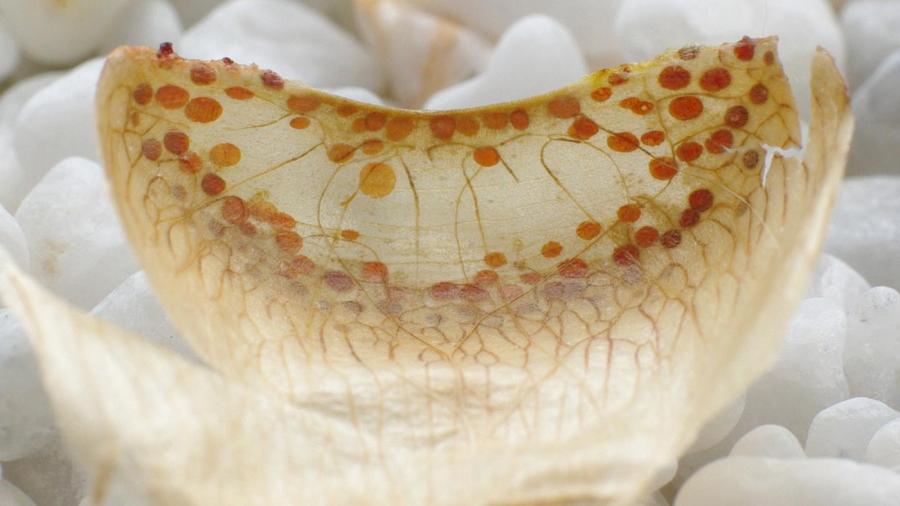How Vacuole Functions in Plant and Animal Cells

The function of the vacuole can vary depending on the type of cell in which it is found. In most cases, its main function is to provide support or isolate waste and harmful materials.
Vacuole Definition
The word “vacuole” derives from a term for “vacant space.” Vacuoles are organelles encased in membranes that are found in cells of plants, animals, fungi and some types of bacteria. Their shapes and sizes vary depending on the organism. Most plant cells contain a large central vacuole, whereas those contained in animal cells take up a smaller portion of the cell. They play a very important role in plant cell function and make up large parts of cell composition, but their role is less prominent in animal cells.
Vacuole Function in Plant Cells
In plants, the vacuole contains an outer membrane called a tonoplast and a solution called cell sap. Cell sap in vacuoles usually contains water and essential proteins, enzymes, salts and ions, which are necessary for growth. Vacuoles store water and maintain the internal hydrostatic pressure of the cell. By providing the pressure within plant cells, they allow plants to support their leaves and flowers. These organelles also remove waste from plant cells, store energy and aid growth. A central vacuole in a plant cell can take up to 90 percent of the cell. Other vacuoles in plant cells can carry out other roles, such as breaking down waste products and other substances. In flowering plants, vacuoles include the pigments that lend flowers their colors. In plant seeds, vacuoles store proteins that germinating plants use to grow. Some plant vacuoles store toxic substances, which serve a defensive function. These toxins keep animals and insects from eating plant material.
Vacuole Function in Animal Cells
In animal cells, vacuoles tend to play a lesser role. Although animal cells contain vacuoles, they do not contain large central vacuoles. The main function of vacuoles in animal cells is to isolate and remove waste products from the other organelles and the cytoplasm. Vacuoles generally have acidic pH values, which allows them to isolate and destroy misfolded proteins transferred to the vacuole from other parts of the cell. Vacuoles can also help remove toxic materials and other harmful substances from the cells by exporting them to the cell membrane, where they are released to the outside through the cell wall, which is known as exocytosis. Some vacuoles can also store substances temporarily. In animal cells, other organelles perform many of the other functions that vacuoles perform in plant cells.
Vacuole Function in Fungi Cells
Most fungi vacuoles make up around 25 percent of the total cell volume. As is the case with plants, these vacuoles are well developed and provide important supportive functions for the cells. Fungi vacuoles remove waste products and potentially harmful substances. However, they also store essential substances such as amino acids.
Gas Vacuoles in Bacteria
Not all bacteria contain vacuoles; however, some kinds of aquatic bacteria contain organelles called gas vacuoles. These form clusters and contain air, which allows the bacteria to remain buoyant and move through the water. Gases can move through the vacuole walls, giving the bacteria control over buoyancy.





